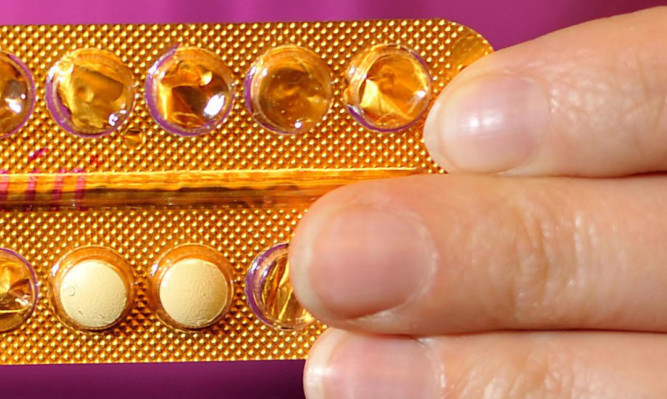
Catholic Church leaders have hit out at the Scottish Government for spending nearly £40m dishing out free contraceptives.
NHS Scotland has spent a massive £38,240,246 supplying items like the emergency pill on prescription since 2010 an average of £9.5m every year.
Despite the huge amounts of taxpayers’ money spent on free contraceptives, the Government’s strategy does not seem to be working.
Kids as young as 12 are being treated for sexually-transmitted diseases and the amount of teen pregnancies remains among the highest in Europe.
Last night, a spokesman for the Scottish Catholic Church said the Government’s “staggeringly expensive” strategy was “failing miserably yet funded handsomely”.
He said: “This is the equivalent of pouring petrol on a fire.”
Contraceptives are available on prescription at family GP surgeries pharmacies and some health centres.
The latest figures provided by NHS National Services Scotland show that 896,454 have been handed out in 2013-14, at a cost to the taxpayer of £9,665,504.
Officials claim the policy of providing free contraception helps drive down the rocketing numbers of Sexually Transmitted Infections (STI) and combat teenage pregnancy rates. But separate figures, revealed earlier this year, show STIs across all age groups were at an all-time high up by 40% since 2003.
Meanwhile, although teenage pregnancy in Scotland has fallen in recent years, recent data found that the national rate for under-16s remained the same in 2011 and 2012 at 5.6 per 1,000.
Tayside recorded the highest rate among under-16s at 7.8 per 1,000, while the Highlands had the lowest rate at three per 1,000.
The Catholic Church spokesman said the policy of handing out free contraceptives was failing.
He said: “A side-effect of the many millions spent is a growing culture of cavalier and couldn’t-care-less attitudes to sexuality.
“Meanwhile our STI statistics worsen annually, teen pregnancies continue to grow as do abortions, by every measure our sexual health strategies are failing miserably yet funded handsomely.”
Last night one Glasgow-based sexual health worker said access to free contraception is vital, particularly in an economically-depressed climate. She said: “Sexual health and a harsh economic climate are linked, I would say. I see young couples who simply can’t afford birth control, and that can’t be right.”
The Scottish Government also defended its policy. A spokesman said the outlay was vital. “Teenage pregnancy rates in Scotland have dropped to their lowest since records began, and abortions have fallen in the last four years,” she said.
“We continue to work with NHS Boards to ensure STI testing, contraceptives and sexual health information is available.”

Enjoy the convenience of having The Sunday Post delivered as a digital ePaper straight to your smartphone, tablet or computer.
Subscribe for only £5.49 a month and enjoy all the benefits of the printed paper as a digital replica.
Subscribe